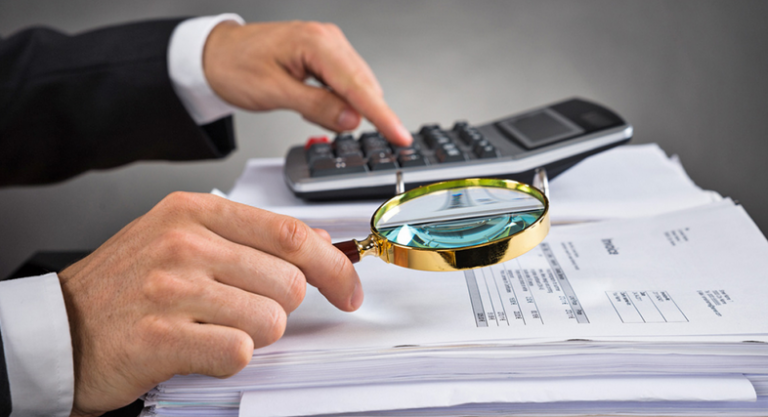The new digital tool of the tax authority, which will carry out tax audits through automated data cross-checking processes between bank deposits and declared incomes, has been put into operational testing. It has already started receiving information from the 4 systemic banks, and once the tests between AADE, the Greek Banking Association, and credit institutions are completed, cross-referencing with the incomes declared by 8.5 million citizens to the Tax Authority will begin in order to detect routes of “black money.” It is estimated that by June, the remaining financial institutions will also be connected as well.
The new “robot” of the tax authority, named Special Automated Property Augmentation Control Software, allows tax auditors to access bank accounts, deposit boxes, and electronic wallets and to receive detailed information about the audited individuals: from movable property (jewelry, precious stones, gold bars, etc.) and liquid assets secured in bank vaults to all kinds of transactions via “plastic money” and loan repayments (consumer, housing, business).
Specifically, the data that banks and financial institutions are required to submit to the auditing services concern:
• – Current account
• – Term deposit account
• – Credit card
• – Bank deposit box
• – Payment account
• – Prepaid card
• – Electronic wallet
Conference League: Maccabi Tel Aviv-Olympiacos 1-6 & PAOK-Dinamo Zagreb 5-1! (videos)
Subsequently, this data is automatically compared with the tax declarations of the “suspects” to determine if the amount of movable property and living expenses is justified by the incomes they declare. In cases where they are not covered, it will be considered unjustified property augmentation, and the excess amount will be taxed at a rate of 33%.
Essentially, with the new system, the identification of taxable assets becomes a much easier task, paving the way to curb phenomena of extensive tax evasion, as revealed during cross-checks of 3.8 million declarations with declared incomes below 10,000 euros.
With the means available to auditors before being equipped with this special software, the process of identifying the amounts deposited for the first time in the bank accounts of each audited taxpayer and their cross-referencing with the data of their tax returns to identify additional differences that need to be justified by the taxpayer previously took up to 1.5 years to complete. Now, with the use of the software, this process can be completed in less than a week or a few weeks, depending on the complexity of each case.
Ask me anything
Explore related questions





